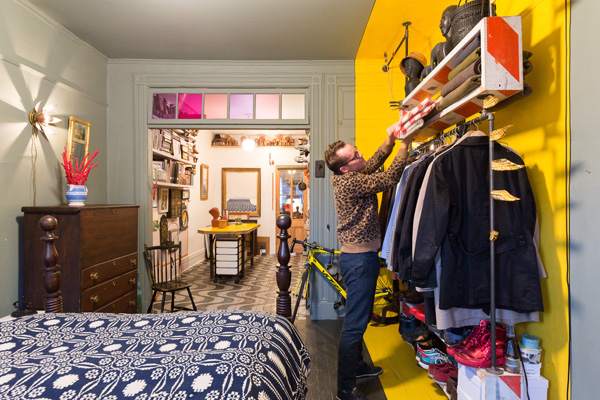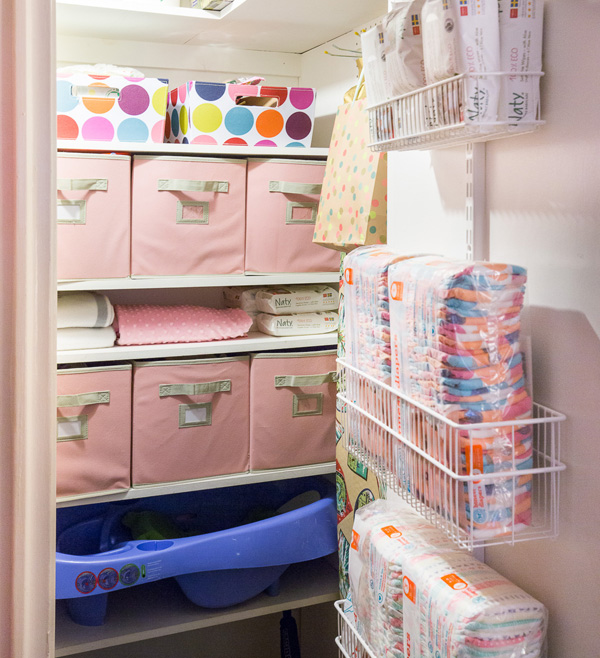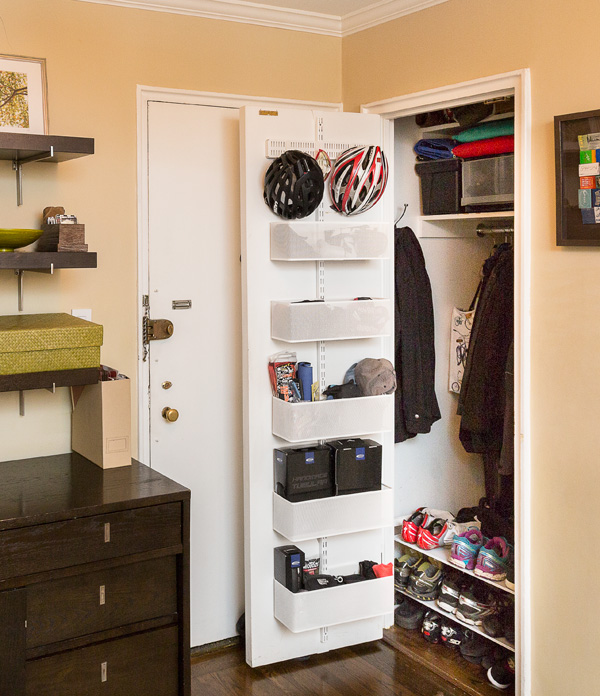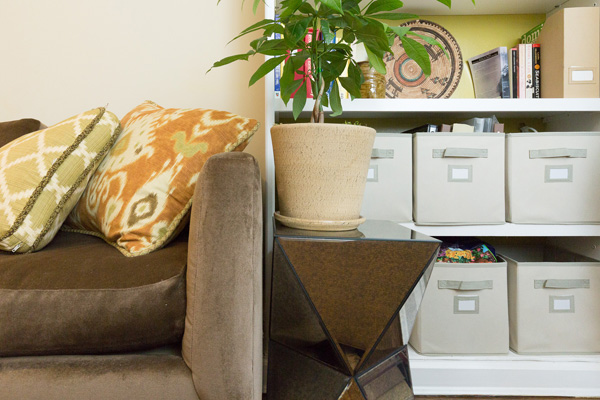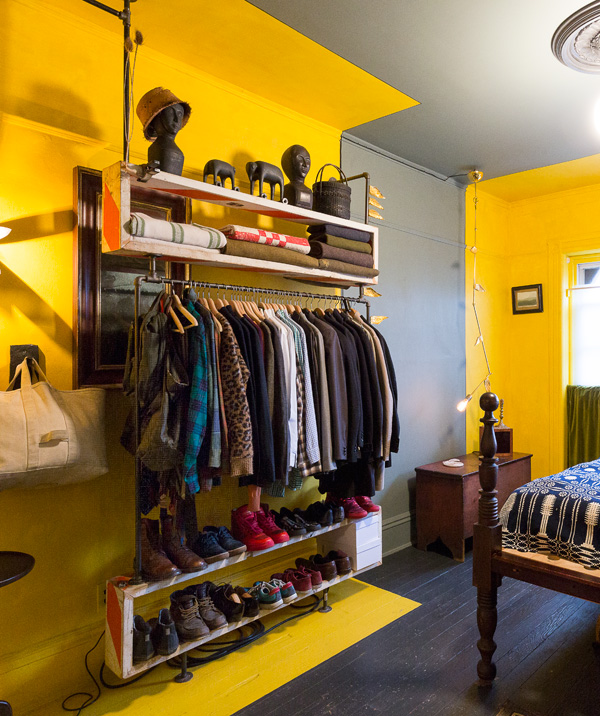Tax Deductions for Rental Homes
Although being a landlord certainly has its cons, tops among its pros are the tax deductions rental homeowners enjoy.
From finding tenants to fixing faucets, renting out a home can be a lot of work. If that doesn’t dissuade you, you’ll appreciate collecting the rent checks and taking advantage of tax deductions.
In fact, you can use many rental property expenses to offset your rental income. IRS Publication 527 has all the details.
Writing Off Rental Home Expenses
Many rental home expenses are tax deductible. Save receipts and any other documentation, and take the deductions on Schedule E. Figure you’ll spend four hours a week, on average, maintaining a rental property, including recordkeeping.
In general, you can claim the deductions for the year in which you pay for these common rental property expenses:
- Advertising
- Cleaning and maintenance
- Commissions paid to rental agents
- Home owner association/condo dues
- Insurance premiums
- Legal fees
- Mortgage interest
- Taxes
- Utilities
Less obvious deductions include expenses to obtain a mortgage, and fees charged by an accountant to prepare your Schedule E. And don’t forget that a rental home can even be a houseboat or trailer, as long as there are sleeping, cooking, and bathroom facilities. Moreover, the location of the rental home doesn’t matter. It could even be outside the United States.
Limits on Travel Expenses
You can deduct expenses related to traveling locally to a rental home for such activities as showing it, collecting rent, or doing maintenance. If you use your own car, you can claim the standard mileage rate, plus tolls and parking. For 2015, it’s 57.5 cents per mile.
Traveling outside your local area to a rental home is another matter. You can write off the expenses if the purpose of the trip is to collect rent or, in the words of the IRS, “manage, conserve, or maintain” the property. If you mix business with pleasure during the trip, you can only deduct the portion of expenses that directly relates to rental activities.
Traveling outside your local area to a rental home is another matter. You can write off the expenses if the purpose of the trip is to collect rent or, in the words of the IRS, “manage, conserve, or maintain” the property. If you mix business with pleasure during the trip, you can only deduct the portion of expenses that directly relates to rental activities.
Repairs vs. Improvements
Another area that requires rental home owners to tread carefully is repairs vs. improvements. The tax code lets you write off repairs—any fixes that keep your property in working condition—immediately as you would other expenses. The costs of improvements that add value to a rental property or extend its life must instead be depreciated over several years. (More on depreciation below.)
Think of it this way: Simply replacing a broken window pane counts as a repair, but replacing all of the windows in your rental home counts as an improvement. Patching a roof leak is a repair; re-shingling the entire roof is an improvement. You get the picture.
Think of it this way: Simply replacing a broken window pane counts as a repair, but replacing all of the windows in your rental home counts as an improvement. Patching a roof leak is a repair; re-shingling the entire roof is an improvement. You get the picture.
Deciphering Depreciation
Depreciation refers to the value of property that’s lost over time due to wear, tear, and obsolescence. In the case of improvements to a rental home, you can deduct a portion of that lost value every year over a set number of years. Carpeting and appliances in a rental home, for example, are usually depreciated over five years.
You can begin depreciating the value of the entire rental property as soon as the rental home is ready for tenants and you hold it out for rent, even if you don’t yet have any tenants. In general, you depreciate the value of the home itself (but not the portion of the cost attributable to land) over 27.5 years. You’ll have to stop depreciating once you recover your cost or you stop renting out the home, whichever comes first.
Depreciation is a valuable tax break, but the calculations can be tricky and the exceptions many. Read IRS Publication 946, “How to Depreciate Property,” for additional information, and use Form 4562 come tax time. You may need to consult a tax adviser.
You can begin depreciating the value of the entire rental property as soon as the rental home is ready for tenants and you hold it out for rent, even if you don’t yet have any tenants. In general, you depreciate the value of the home itself (but not the portion of the cost attributable to land) over 27.5 years. You’ll have to stop depreciating once you recover your cost or you stop renting out the home, whichever comes first.
Depreciation is a valuable tax break, but the calculations can be tricky and the exceptions many. Read IRS Publication 946, “How to Depreciate Property,” for additional information, and use Form 4562 come tax time. You may need to consult a tax adviser.
Profits and Losses on Rental Homes
The rent you collect from your tenant every month counts as income. You offset that income, and lower your tax bill, by deducting your rental home expenses including depreciation. If, for example, you received $9,600 rent during the year and had expenses of $4,200, then your taxable rental income would be $5,400 ($9,600 in rent minus $4,200 in expenses).
You can even write off a net loss on a rental home as long as you meet income requirements, own at least 10% of the property, and actively participate in the rental of the home. Active participation in a rental is as simple as placing ads, setting rents, or screening prospective tenants.
If your modified adjusted gross income (same as adjusted gross income for most persons) is $100,000 or less, you can deduct up to $25,000 in rental losses. The deduction for losses gradually phases out between income of $100,000 and $150,000. You may be able to carry forward excess losses to future years.
You can even write off a net loss on a rental home as long as you meet income requirements, own at least 10% of the property, and actively participate in the rental of the home. Active participation in a rental is as simple as placing ads, setting rents, or screening prospective tenants.
If your modified adjusted gross income (same as adjusted gross income for most persons) is $100,000 or less, you can deduct up to $25,000 in rental losses. The deduction for losses gradually phases out between income of $100,000 and $150,000. You may be able to carry forward excess losses to future years.
Let’s say that for the year rental receipts are $12,000 and expenses total $15,000, resulting in a $3,000 loss. If your modified adjusted gross income is below $100,000, you can deduct the full $3,000 loss. If you’re in a 25% tax bracket, a $3,000 loss reduces your tax bill by $750, plus any applicable state income taxes.
Tax Rules for Vacation Homes
If you have a vacation home that’s mostly reserved for personal use but rented out for up to 14 days a year, you won’t have to pay taxes on the rental income. Some expenses are deductible, though the personal use of the home limits deductions.
The tax picture gets more complicated when in the same year you make personal use of your vacation home and rent it out for more than 14 days.
Related:
This article provides general information about tax laws and consequences, but shouldn’t be relied upon as tax or legal advice applicable to particular transactions or circumstances. Consult a tax professional for such advice.
Read more: http://www.houselogic.com/home-advice/tax-deductions/tax-deductions-rental-homes/#ixzz3ylwdayDp
Follow us: @HouseLogic on Twitter | HouseLogic on Facebook




















